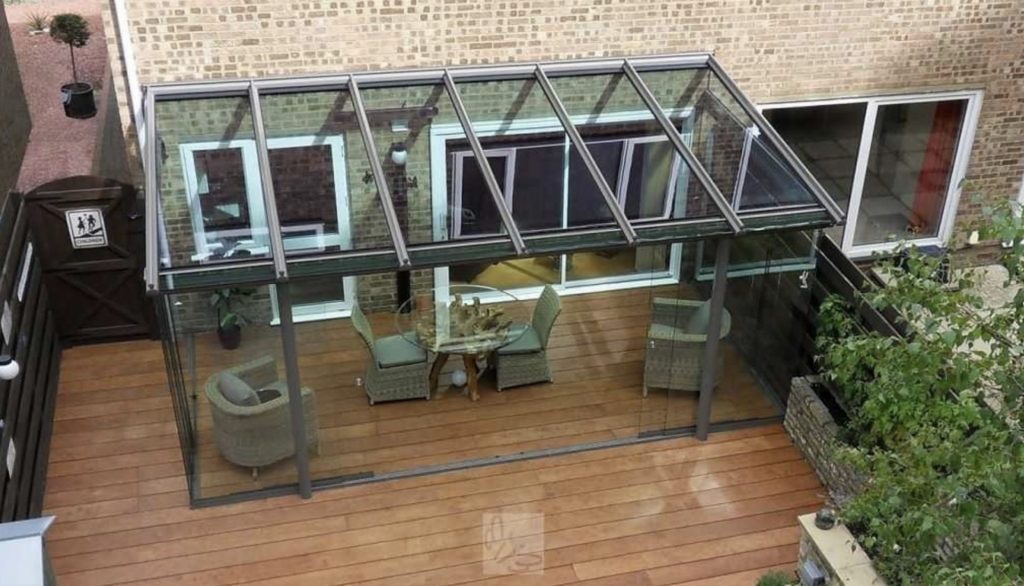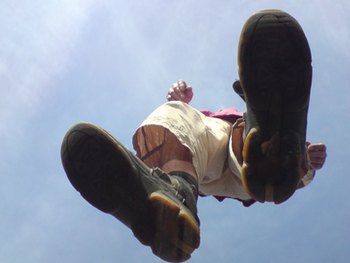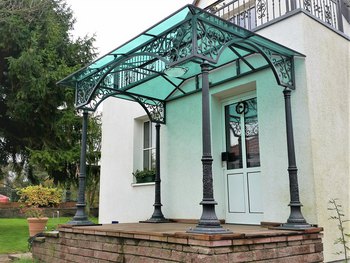Providing both extra living space and a place to enjoy natural light, tanning beds are usually added to the side of the house, the walls of which are mostly or completely made of glass or screens. A two-season sunroom can be no more than a deck or porch with a roof and screens; a three-season model will be windproof and waterproof; and a four-season sunroom is usually built on a foundation, with heating and full thermal insulation. All prices are written for Sunrooms and Patio Rooms by LGL Sunrooms in the United States.


Typical costs:
Depending on the size and existing conditions, the creation of a simple two-season shielded deck or porch starts at $400 – $1000 for custom materials and averages $4000 – $12000 for a custom version, but maybe higher for larger spaces, cathedral ceilings or other options. We describe how to build a sunroom using spare wooden storm doors with replaceable screens and window inserts.
Glass-walled prefabricated sunrooms in Michigan start at approximately $11,000 for small (7×10 feet) space and an average of $17,000-$39,000 (including preparation and foundation work) for larger, non-temperature-controlled 3-season models or smaller, 4-season versions. Costs can be as high as $65,000-$75,000 for the complete installation of four-season structures with cathedral ceilings, remote-controlled blinds, and other options. Our lists the pros and cons of these “instant” additions.
Countrywide, average regional prices range from $60,000 to $83,000 to a custom four-season 210 sq ft sunroom from scratch, with plate foundation, post-beam frame, insulation, glass windows with screens, curtains, ceiling fan, and tile flooring.
What has to be enabled:
As a rule, it takes several weeks or even months to make a custom-made sunroom, which can be easily designed to blend harmoniously with the architecture of the rest of the house.
Ask your local planning department about building regulations and permit requirements. The cost of a permit can vary from a few hundred to several thousand dollars, depending on the location, as well as the size and complexity of the proposed home.
Additional Costs:
Building an annex is not the only cost; furniture and other decorative touches such as curtains or works of art can add $250-1100 for a simple screened porch and $1200-12,000 for a quality interior (to match the rest of the house) in a three- or four-season sunroom.
Selling for $4-15, LGL carefully explains the planning and design, whether it’s a “do it yourself” project or everything a professional does.
Make sure that all necessary preparatory and foundation work and any cleaning is included in the cost estimate, as this can add $1,000-$5,000 to the total.


